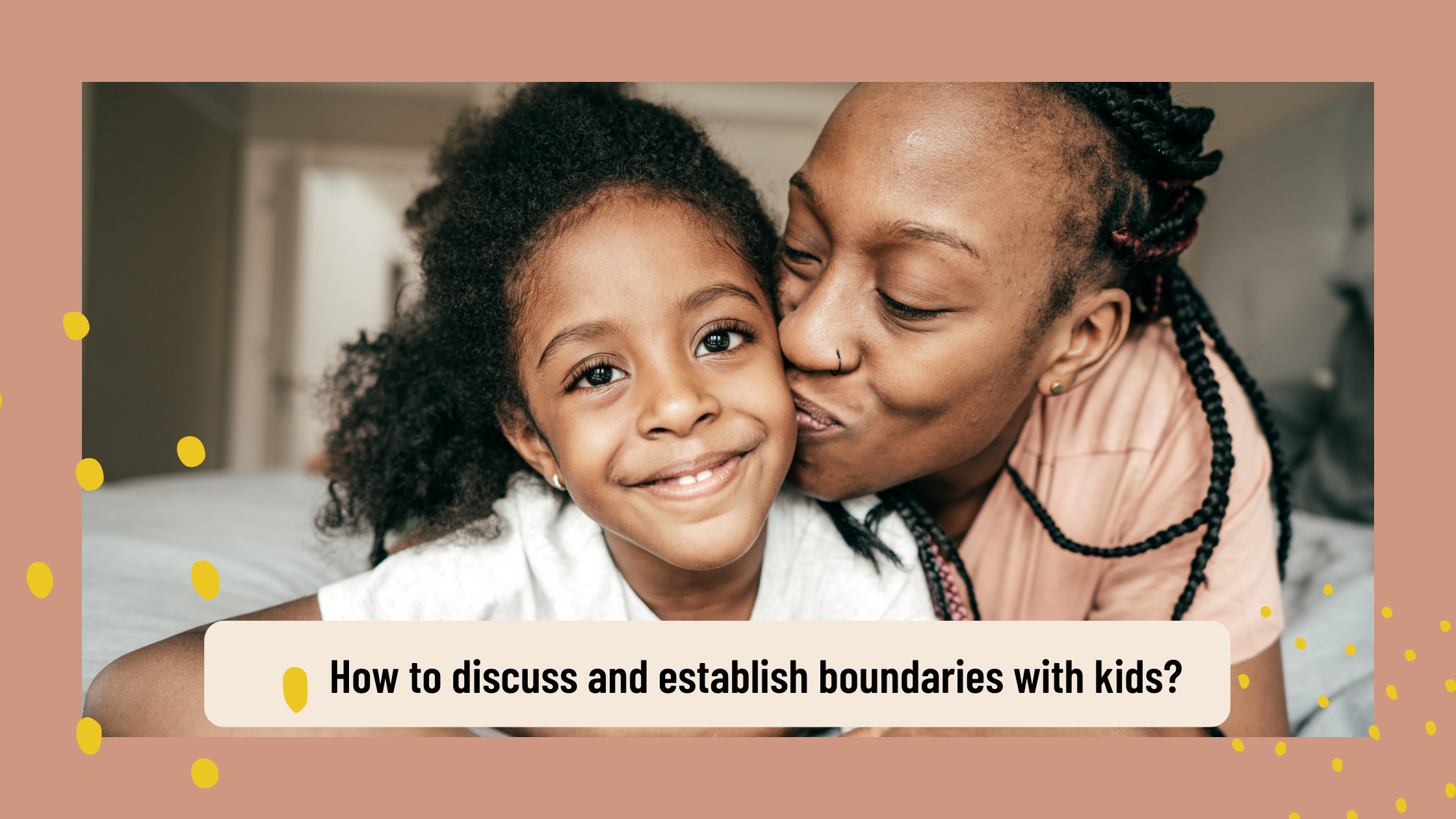Healthy boundaries are a way of communicating to people around you what is acceptable behavior and what is not. Setting boundaries for your kids will help them to understand what is and isn’t acceptable behavior when dealing with you, other individuals, and groups of people in general. What’s great about setting boundaries is that it can help your kid’s self-confidence and others. Here are a few things discussed with your kids when helping them understand boundaries.
1. Ask what needs to be changed.
Setting boundaries with your child can be rigid. Your child needs to determine what needs to change before setting a limit. Ask them what they wish wouldn’t happen and what feels wrong. Setting boundaries begins with clarity.
2. Communicate clearly
When setting boundaries with someone, they should know precisely what you want or don’t want. And this should be presented in clear and firm language. If we, as advocates, allow ourselves to fall into using vague language and phrases like this creates an easy escape for people.

3. Be kind and respectful to others.
The best way to help other kids understand something is to model it for them. You must respect the boundaries of others if you want your child’s borders to be respected. Your kids should be taught to respect boundaries and not violate them. It is essential to set boundaries and respect them at the same time.
4. Don’t forget No means no.
Boundaries are essential for everyone, young and old. Everyone wants to be respected for who they are, and it is our job to teach them to enforce their boundaries with others. Boundaries can initially feel unfamiliar, but you will learn what works best for you with practice.
5. Consistency is key
When we parents have an easy time flipping from yes to no and back again, when this happens, kids learn that the boundaries aren’t crucial, that they don’t need to be respected, and can easily be changed.
6. Ensure that you follow through
Behavior is a big deal in a child’s early life. Your child may be very well behaved at some places, but take them home, and it’s a different ball game. You might get frustrated with how often you have to discipline your children or wonder if they are performing the way they would like to because of your expectations.

7. Embrace patience
Boundaries are a way for kids to understand what is expected of them. If a child does something that breaks the boundaries, there is a consequence. Being consistent and following through is essential to making boundaries work.
Conclusion
Children require consistent and repetitive care and attention to learn what habits are most valuable for them to develop in the future. Try to help the children with positive reinforcement and correction when they do something right. This will help teach them how to act in public and among their peers.
Utpal Khot
Copyright © Utpal K
1. If you share this post, please give due credit to the author Utpal Khot
2. Please DO NOT PLAGIARIZE. Please DO NOT Cut/Copy/Paste this post
© Utpal K., all rights reserved.
Copyright Notice: No part of this Blog may be reproduced or utilized in any form or by any means, electronic or mechanical including photocopying or by any information storage and retrieval system, without permission in writing from the Blog Author Utpal Khot who holds the copyright.





